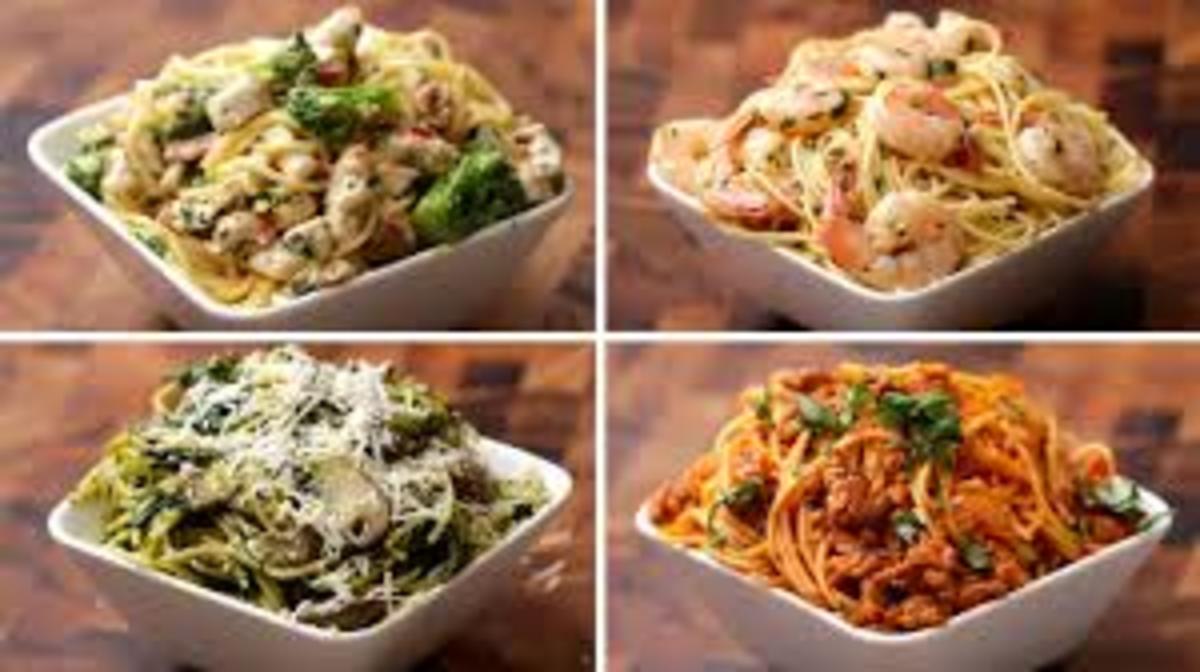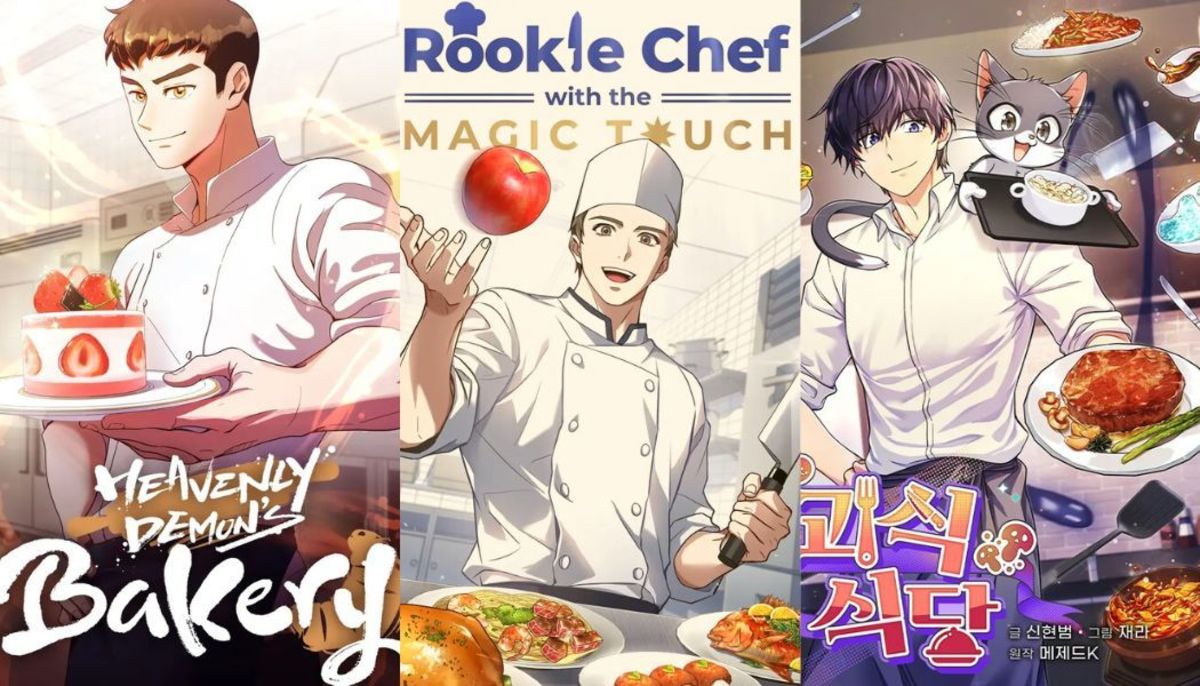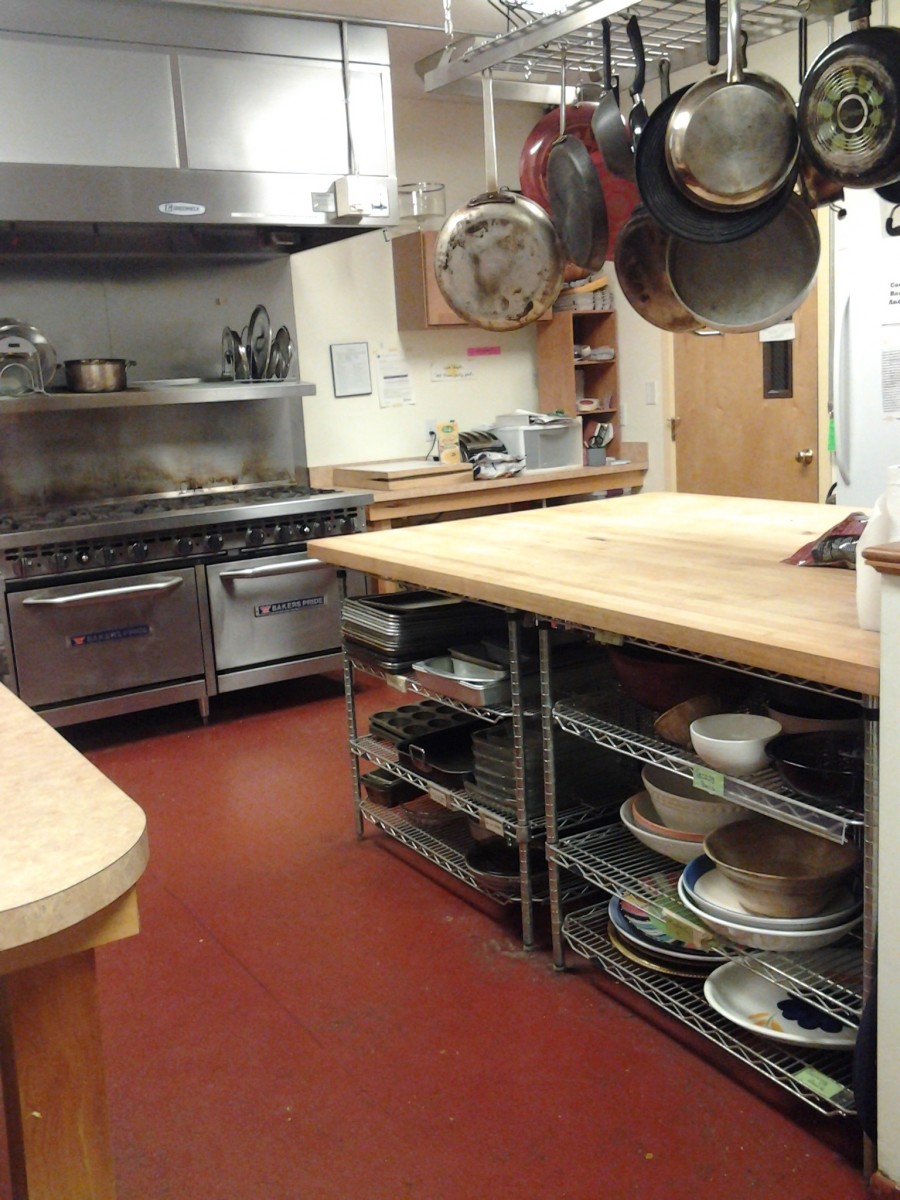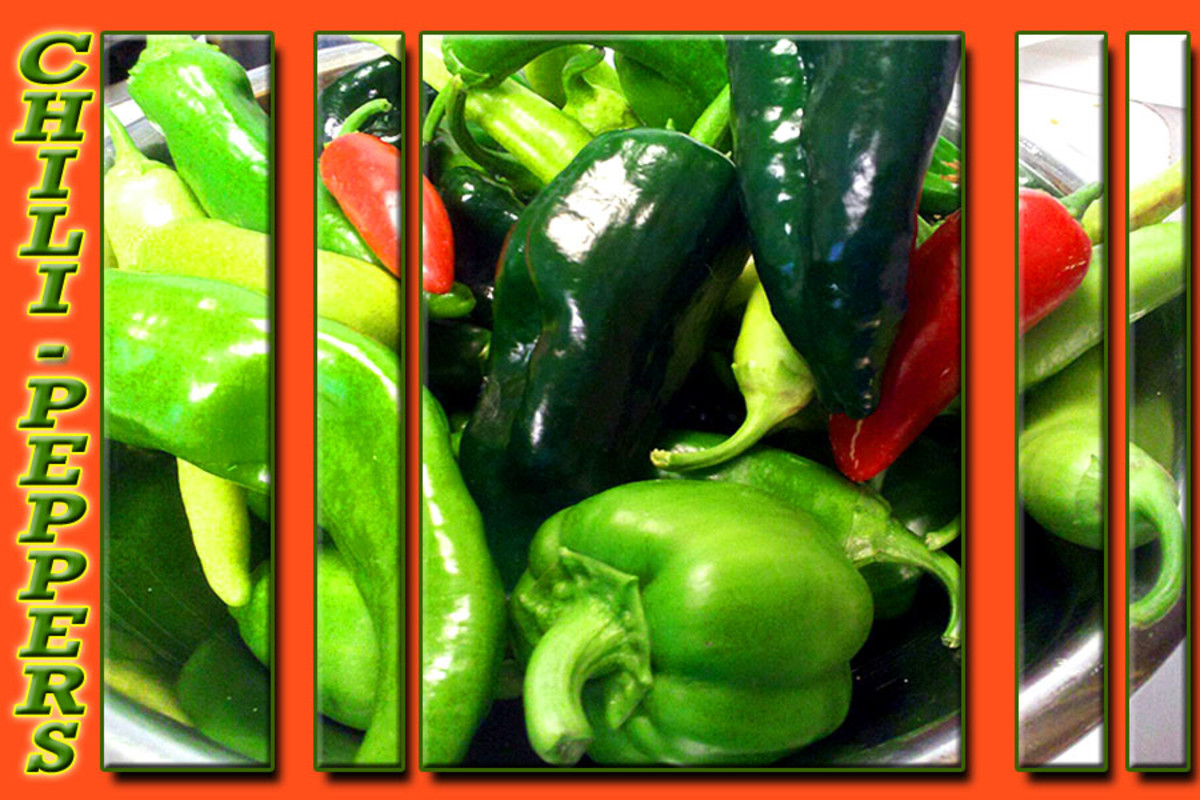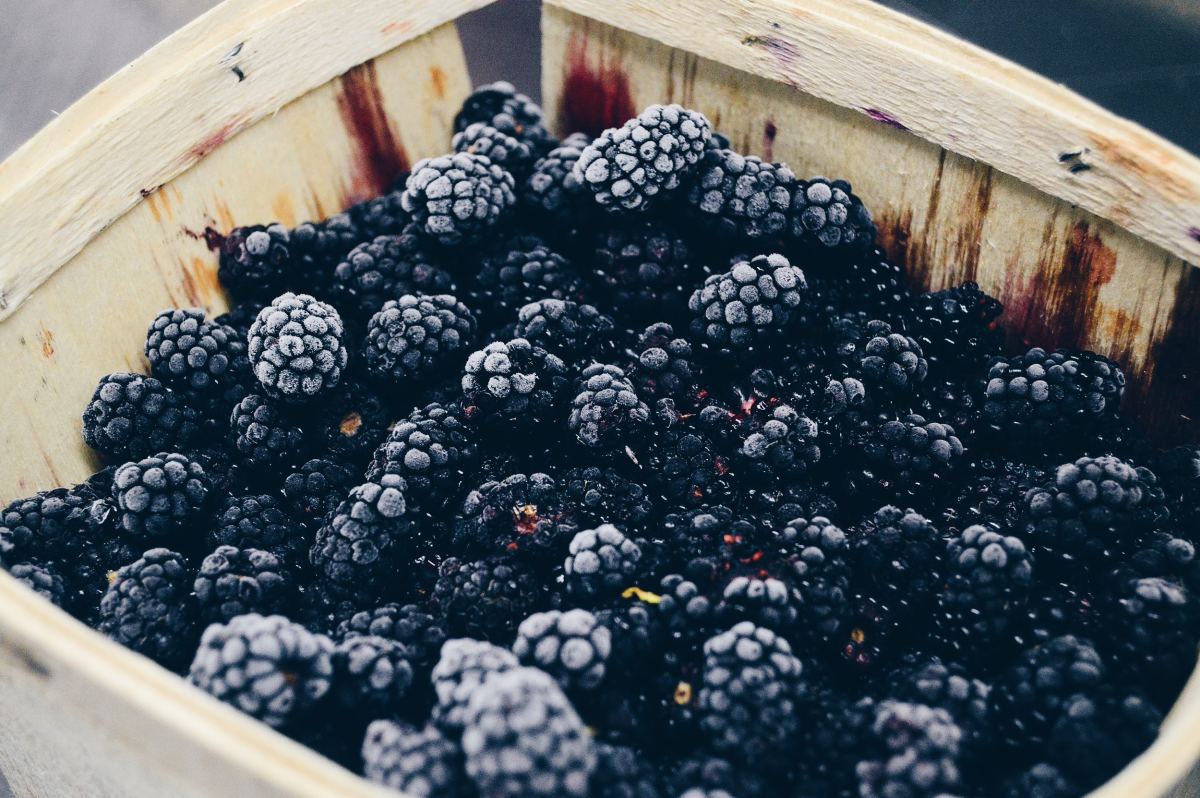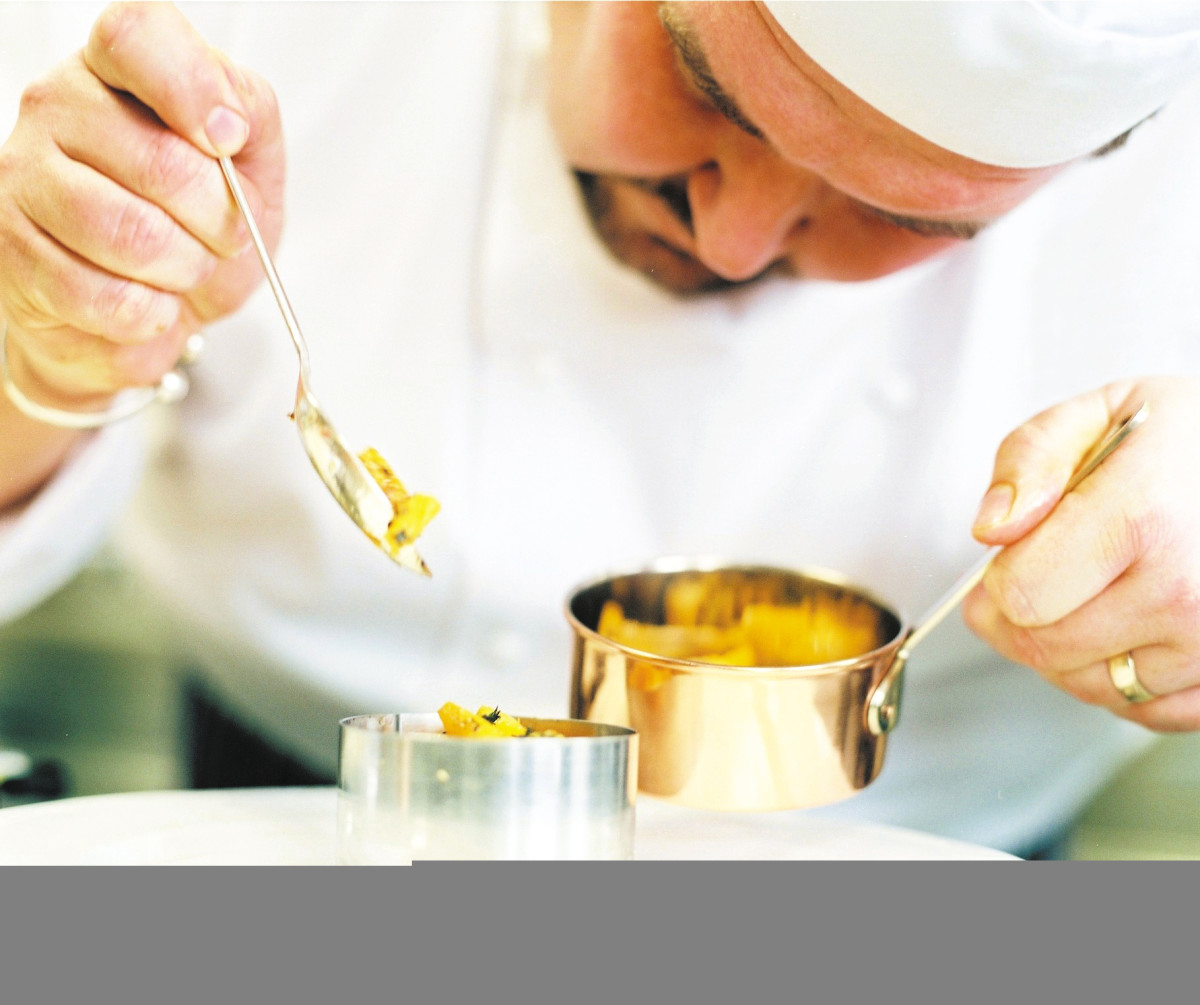Cooking Basics for New Cooks
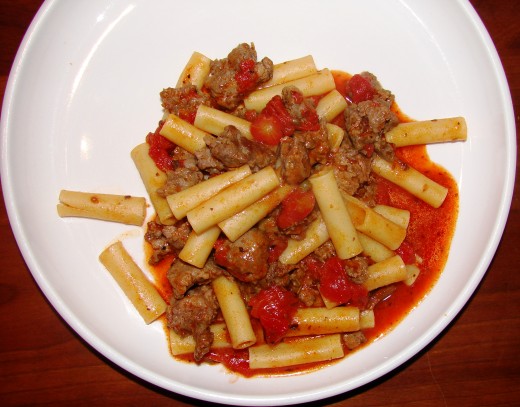
Para Los Cocineros Nuevos– For New Cooks
This section is a loose collection of facts, tips, and recommendations for anyone interested in learning more about cooking and other food preparation. While it will be most useful to those with little or no cooking experience, there might be some useful tips in here for all but the most experienced chefs.
Your comments, criticisms, and additions are most welcome.
Terms: The language of cooking is fairly precise when spoken among professionals and other experts but language used in recipes may not always meet an exact definition. The explanations provided here are not intended to turn anyone into a professional chef. Rather they are just to help clarify instructions in recipes.
In alphabetical order – Methods of Cooking
- Bake – Used for bread, cookies, brownies, meat, fish, some vegetable dishes. Refers to cooking in an oven, generally at temperatures between about 300 F (150 C) and 450 F (235 C).
- Barbecue/BBQ – Used for meat, fish, vegetables, fruits.. This is an imprecise term and not one you’re likely to see in recipes anyway except as it may refer to a barbecue grill. Most everyone is familiar with the backyard grill, either gas or charcoal fired. Barbecue does not necessarily mean that barbecue sauce, a tomato based, spicy ketchup type sauce is involved.
- Boil – Used for meats, fish, vegetables, pasta, canning fruits and vegetables, making soup. Refers to immersing something in boiling water. Some recipes will call for the food to be placed in cold water and then brought to a boil. Others will instruct to bring the water to a boil first and then immerse the items to be cooked. Water boils at 210 F (100 C) but that is for distilled water at sea level. The amount of naturally occurring minerals and other chemicals that occur in water won’t change the boiling point enough to affect cooking but altitude will. If, for example you live in Denver at 5,000 ft altitude, water will boil at 203 F (95 C). A hundred miles west in Vail at 7,000 ft it will boil at 199 F (93 C). If you happen to be cooking at The Dead Sea on the Israel-Jordan border, the lowest point on Earth (except beneath the surface of the oceans) your water won’t boil until about 214 F. This is because the atmospheric pressure is lower as altitude increases or higher as altitude decreases and pressure, atmospheric pressure in this case, affects the boiling point. It just means that if you are boiling something at a high altitude you will probably need to boil it longer than what the recipe says. Many recipes, particularly those for baking will provide information regarding time requirements at high altitudes. In the case of baking it is because the atmospheric pressure will also affect the rising of yeast breads. You know that water is boiling when it is bubbling at the surface and thus releasing steam. Recipes may refer to a “full” boil or “slow” boil or use similar adjectives. A “full” boil means that the bubbles in the water are large and vigorous while a “slow” boil means barely bubbling. By turning up the heat or turning down the heat you will change the vigor of the boiling.
- Blanche – Used for vegetables, fruits. The technique is used to improve the appearance of food, to improve the absorbing qualities of food, such as absorbing a dressing or sauce, and to prepare foods for freezing. Blanching can be done by briefly immersing the item in boiling water or by steaming and then plunging it into cold water. Steaming will take a little longer but will preserve nutrients better. If you just want to maintain the color of food, for example green beans, asparagus, broccoli, cauliflower, zucchini, or carrots, immersion is quick and easy and they won’t be in the water long enough to affect nutrition. If vegetables are cooked without blanching their bright green or red or yellow or orange colors will become faded. Blanching will also improve the texture of vegetables. To blanche something bring a pot of water to a full boil and then drop your veggies into the water. When you do that the water will stop boiling for a little while. They don’t need to be in the water more than one minute. Then drain off the boiling water, or if you have an insert for your pot, like a pasta pot insert, simply lift the vegetables from the boiling water. In either case then drop them immediately into cold water. If you’re going to do something more with them later you can just leave them in the cold water until you’re ready for them again. In some cases, for a very tender vegetable such as baby asparagus that’s to be used in a cold appetizer or salad, blanching might be all the cooking that it needs. Blanching is also a good method to remove skins from tomatoes. The skins will pretty much fall off when the tomatoes are plunged into the cold water, making them very easy to peel.
- Braise – Used for meat, perhaps with vegetables added along the way as in stew. A cooking technique used for tough cuts and meat and slow cooking in general. Just because a cut of meat is tough doesn’t mean it isn’t flavorful and it is likely to be less expensive. Braising is a cooking technique that works well for tough cuts. It involves searing the outside of the food by cooking it in a frying pan, sauté pan, or large pot, with little or no liquid to give it color and to seal it on the outside so that flavors and moisture are maintained inside. After the item is browned it can be finished by adding liquid to the pot or pan it’s in and letting it simmer (cook slowly for a long time – see below) or it can be placed in an oven-proof pan or dish, such as a glass baking dish, and letting it cook slowly in the oven for a long time. You can find the cooking times based in the size/weight of the cut of meat in the recipe you’re using or in a general cook book, maybe in the instruction booklet that came with your oven. This is a great way to cook in that the flavor is maximized, less expensive cuts of meat turn out good, and it’s a slow cooking that doesn’t require much involvement on the part of the cook, leaving him or her free to work on other parts of the meal or other guest preparation or whatever. If you choose to braise your item by leaving it on the stove in a pot or pan with the meat about half covered in liquid, just be sure to keep an eye on it because the liquid will evaporate and you may need to add more liquid. Water, wine, and beer make good liquids for braising.
- Broil – Used for meat and fish, could be used in some vegetable recipes. Done in an oven broiler. The broiler is the part of the oven that places the heat above the item to be cooked. Broiling is done at high temperatures, like 450 – 500 F (230 – 260 C). In an older gas range the broiler is often a drawer below the oven. In newer ovens most of which are electric, even with a gas cooktop, it’s just a setting that uses the top heating element in the oven. The item is placed in a broiler pan which usually comes with the oven. It’s generally an oven proof pan about 1 ½” deep with a stainless steel, slotted, removable top on which you will place the meat. The juices from the meat will run down into the pan as the item cooks and the flavors will then be reintroduced to the meat by the evaporation of the juices. Broiling is quick and is good for fine cuts of meat such as a filet mignon. You will almost certainly want to turn the meat over in the broiler at least once, usually twice. For example to broil a 1” (2.5 cm) thick steak to medium rare, let it broil on the top side for maybe two minutes to seal that side, turn it over and let it cook for maybe 5 minutes, then turn back to the first side for another two minutes. If you’re broiling fish, such as a tuna steak, it will require less time than meat. Fish doesn’t need to be cooked very long at all and to do so will render it tough and tasteless.To broil in an electric oven be sure to place the broiler pan on the topmost rack close to the heating element. It is important to keep a close eye on items that are broiling to be sure they don’t get overdone and to be sure that the juices being released don’t start to burn.
- Browning – Used for meat. Browning is not a method to completely cook something. Rather it is a step in cooking, usually the first step. The term literally means to turn the meat brown. It is usually done in a frying pan or in the bottom of a soup pot or stew pot. The recipe might instruct you to use a small amount of cooking oil or butter. In some cases the meat will have enough fat and moisture as natural content, as with ground beef or sausage, that nothing else will be necessary. Browning is quick, a few minutes at the most and is then almost always followed by other methods of continued cooking. If a sauce or gravy is to be made with the recipe it will instruct you to add water after the meat is removed and to stir in the brown bits of meat that will have adhered to the sides and bottom of the pan until they dissolve. You may also be instructed to spread flour over the meat and mix it in.
- Fry – Used for meat, fish, vegetables. Frying is an imprecise term that refers to several different kinds of cooking. In the simplest form you “fry” a hamburger in a skillet on your stove. Because ground beef has a reasonable inherent fat content depending on what kind of ground beef you buy you don’t need to add any thing to the skillet to cook a hamburger. For some kinds of meat and for any vegetable you will need to add some kind of oil or butter or margarine so that the meat or vegetable doesn’t stick to the skillet. The amount of oil added will be small, maybe a couple of tablespoons max. An alternative is a cooking spray such as the brand Pam. Deep frying is a different process. It’s how French Fries are cooked or how Fried Fish is cooked. Deep frying involves the use of a device called a deep fryer. You can buy small ones for use on the counter top, used to do potatoes or shrimp or fish, or you could buy a huge one that runs on propane outside to deep fry a whole turkey. In one of the small countertop deep fryers you could make your own potato chips, tortilla chips, etc. The device is filled with oil and the food is immersed. There is a middle ground. If you don’t have a deep fryer but you want to fry corn tortillas, for example to make hard shell tacos, you can do that in your skillet with the bottom of the skillet filled with ¼” (.5 cm) of cooking oil. Be prepared for a lot of grease splatter. An apron is good and a screen type lid that sits over the skillet can be acquired to contain the popping grease. It’s called a splatter guard and is just a round screen with a handle that is large enough to cover a sizeable skillet.
- Grill – Used for meat, fish, vegetables, fruit. “Grill” means a couple of different things. In the parlance of a commercial establishment, a deli or restaurant, the grill usually refers to a large flat stainless steel surface heated from the bottom by gas burners. It’s what the cook uses to fry bacon, hamburgers, eggs, and so on. Some restaurants may have an open fired grill that is more like a home grill. At home your grill is normally outside and is either gas or charcoal fired. It’s usual device used for “barbecue” which is in itself an imprecise term. If you have a fancy stove or cooktop in the house it might have a gas or electric fired grill included or the option of replacing two of the burners with a grill. Essentially this type of grill cooks food with an open steel frame that holds the food over flame or perhaps over an electric cooking element. One of the advantages of cooking over a grill, particularly for meat, is that the juices from the meat drip onto the hot coals or surfaces and then turn into steam reentering and thus flavoring the food. The resultant aromas are also the primary means of creating neighbor envy when you’re cooking something yummy outside.
- Poach – Used primarily for eggs and occasionally for some meat or fish recipes. Poaching involves cooking the food in hot water where the food is not immersed in the water as in boiling but is floated on top, generally in a small metal device made just for that purpose. It imparts no additional flavor to the food and involves no oils, so it’s a generally healthy but bland way to cook anything. You might find poaching in recipes for delicate fish such as salmon. Poached salmon on a salad can be a very nice dish, low in fat and cholesterol. The same result can be obtained for most foods by steaming.
- Roast – Used for any kind of food. Roast refers to a number of cuts of beef, pork, or lamb, generally larger, thicker cuts that may be from a rib portion or a thigh or shank portion. As a cooking method, it generally just refers to cooking anything in the oven, usually for a fairly long period of time, an hour or more. Roasting meat in particular involves a large flat dish such as a glass baking pan or perhaps an aluminum pan that contains some liquid and eventually the juices of the meat being cooked. This is a flavorful way to cook. It is the way that the Thanksgiving turkey or a ham is cooked although that is often referred to as being baked. Roasting and baking are not necessarily different in reference to meats.You may also see the term “roasted” referenced in some vegetable recipes. Sometimes they are really just grilled or broiled.
- Sauté – Used for meats, vegetables, fish. Sauté involves the use of a shallow pan like a skillet. A real sauté pan has straight sides and is a bit deeper than a skillet which has sloped sides, but either kind of pan could do double duty. Sauté means to cook something, often a mix of things like peppers, meat, onion, in some liquid in a pan on the stove. It’s one of the most flavorful ways to cook dishes that consist of meat and vegetables. A sauté uses more liquid than frying but much less than braising. It pretty much requires the cooks constant attention to stirring.
- Simmer – Usually refers to a sauce. Simmer is just a low or slow boil. It’s used to reduce the amount of water in a sauce and thicken the sauce as the water evaporates by boiling. It also allows flavors of various things in the sauce to establish them selves fully.
- Steam – Used for fish, vegetables, dumplings, less so for meat. This is just cooking with steam by placing the food on something that sits above a small amount of boiling water. It’s a good way to maintain all of the nutrition in vegetables, unlike boiling in which a lot of the nutrient is removed with the water. Steaming is also good for delicate fish to which a sauce may be added later to impart other flavors in that steaming will not impart any flavor beyond the flavor of the food itself. Many large stock pots or pasta pots come with an insert that sits at the top of the pot and has holes on the bottom so that the steaming water does not contact the food. Some larger sauce pans, generally a 2 qt/2 liter or larger size have a steamer insert as an inclusion or option. A pasta insert is different in that it reaches deep into the pot so that the pasta is immersed in the water. Steam cooks things pretty quickly and other then placing them in an oven is as much heat as you can apply, hotter than boiling since the steam will be a few degrees hotter than the boiling water from which it emanates. Steaming cooks things very quickly. Just be sure that you have enough water so that the pot doesn’t burn dry. Any amount of water that you use beyond what is needed will just lengthen the time to bring it to a boil and will thus waste energy and time. In a 1 ½ qt (1 1/2 L.)or 2 qt. (2L.)sauce pan, an inch (2.5 cm) of water should be plenty to steam most things. In a larger pot such as a stock pot or pasta pot, a couple of inches would be good. You can add water if necessary while steaming but it will temporarily interrupt the cooking process since the added water will take a little while to boil again. A handy kitchen gadget is a small, round (about 7 inches (18 cm) in diameter made of stainless steel that has feet to keep it above the water, and folding leaves like the iris of a camera that fold down for storage. You simply put the steamer in the bottom of a regular sauce pan. The folding leaves also allow the device to adjust itself for pans of various sizes. This is an inexpensive thing, $10 or less.
- Toast – Usually refers to bread but other things, e.g. stuffed pasta like ravioli, may be toasted as well. Toasting is just the application of heat, usually to a delicate food item from a small distance so that the food is slightly cooked and crisped. Most common of course is the pop-up toaster for bread, bagels and such, or the toaster oven. “Toasting” something like ravioli is really more accurately described as broiling. The raviolis are breaded and then broiled and served with a red sauce or other garnish for dipping.
Is It Done Yet?
The only sure answer to this question if to test it. Take a bite, cut into it, take a look. I find meat thermometers to be unreliable. Most of the time if I waited for the meat thermometer to reach the indicated temperature the food would be ruined and we would have starved to death waiting.
Obviously people have different preferences for the doneness of their food. Poultry and pork tend to be done or not done. Beef and fish can be served at different doneness and it’s best to ask guests for their preferences. In general, the less a piece of beef or fish is cooked, the tastier it will be as long is it’s not cold and raw.
If it’s poultry and there are still joints, like a wing or leg, it should pull apart easily. Cut in and look at it. There shouldn’t be any blood or pink meat.
If it’s beef, of course it depends on whether you want rare, medium rare, medium or well done. Rare is cool and still red in the center. Well done is brown and hot. Everything else is in between.
For pork, when you cut in it should be kind of gray or show just the slightest amount of pink in the center. The problem with pork is that it has little fat in it and if it gets too done it’s just too dry and tasteless.
For fish, you will be surprised at how little cooking is required for a piece of fish to be done. It cooks quickly, and like any kind of meat, if it’s over done it is flavorless. Follow the recipe’s directions but don’t be surprised at short cooking times. If I put a piece of salmon filet, for example on the grill, ten minutes is the most I would ever leave it on. Even something fairly thick like a nice Tuna steak shouldn’t be on more than about ten minutes. If you want Tuna on the rare side, which is when it’s best, it will be even quicker than that. Shrimp in boiling water or other liquid will cook through in about 4 or 5 minutes. If it’s in longer than that it becomes tough and chewy.
As to vegetables, that’s a matter of taste. For the most part, many folks over cook them. Don’t let them get mushy. If you can easily push a fork into it, it’s done.
Pasta should be Al Dente. In Italian, that means “to the tooth.” Pasta should have just the slightest resistance at the center when bitten. Over time you will come to be able to judge pretty well whether or not pasta is done by the aroma and the appearance. Still, I always taste test it.
Remember for all foods, meat, veggies, pasta, it will continue to cook after you’ve removed it from the oven/stove, water, grill. It is still hot inside and will continue to cook somewhat so ideally it should come off the heat a minute or two before it reaches the desired doneness. If you’re cooking with an electric range remember that turning off the burner doesn’t turn off the heat. Same of course with the oven. So unless you’re purposely turning off the burner or oven ahead of time and planning to leave the food there cooking always remove it from the source of heat. With pasta, pour off the water or it will continue to cook.
Does It Need More???? Whatever?
Taste it. There is no other reliable way to know if a dish needs more seasoning.
Hot Peppers
We love to add hot peppers to some dishes. Of course Some Like It Hot if I may borrow the title of Billy Wilder’s movie. And some don’t.
You will commonly find several kinds of hot peppers at the grocery stores in the U.S. Common ones are Jalapeños, Anaheims, or Habaneros. The Jalapeños are usually dark green though they can be orange or red, about 2 ½ to 3 inches long (7 cm), and smooth. Anaheims might be labeled just as “long hot peppers.” They are light green, about 6 inches long, and kind of wrinkly. Habaneros are shaped like tiny green peppers and are usually bright in color, orange or yellow, but sometimes green. Cubanelle’s are medium sized light green peppers and are good for frying. They are not hot. It is my experience that one cannot rely on the hotness of any given pepper. Again, the best test is the taste test but be careful. It is the flesh (insides) and the seeds which carry most of the acid that gives a pepper its pizzazz. Cut it open and pick up one seed on the end of your finger. Then remove the seed and put your tongue to the spot on your finger. That will probably be enough to give you a clue. If you’re more adventurous, put one seed in your mouth.
You can adjust the amount of “picante” you’re adding to your food by removing some or all of the seeds and flesh. Start with the seeds. They’re the hottest part.
When you’ve handled hot peppers, always wash your hands. You don’t want to accidentally get any of that acid in your eyes or even around your mouth.
Chopping stuffThere are any number of gadgets on the market for chopping, slicing, dicing, mincing food. None is more effective or easier to use than your big Chef’s Knife. Of course if you’re doing chopping at the school cafeteria for 500 kids then a machine makes sense. Otherwise, effective use of a chef’s knife is easier and faster. No attachments to find, no electricity required, and just the simplest clean up. Learn how to use your chef’s knife and it will be faster every time than getting out the food processor or the slap-chop, assembling it, taking it apart, cleaning it, putting it away.
Here’s how you chop, dice, mince with your chef’s knife. (The chef’s knife or French chef’s knife is the big one with the broad blade.) Assuming you’re right handed, place the butt of your left hand on the top edge of the blade near he tip. Grab the handle just behind the blade with your thumb and forefinger. (Obviously, if you’re left handed, switch the hands.) Then you will be able to create a rocking motion using the broadest part of the blade as a fulcrum, moving the blade back and forth across the pile of food you’re chopping. Once you get accustomed to it you can chop a lot of stuff in a hurry. The longer you chop, the finer the pieces.
If the recipe calls for minced garlic or onion, or whatever first slice it into small thin pieces which you can also do quite nicely with the chef’s knife, then enter chop mode. For finely chopped herbs, just pull the leaves of the rosemary or oregano or whatever off the small stalks then chop the leaves. Discard the little stalks.

